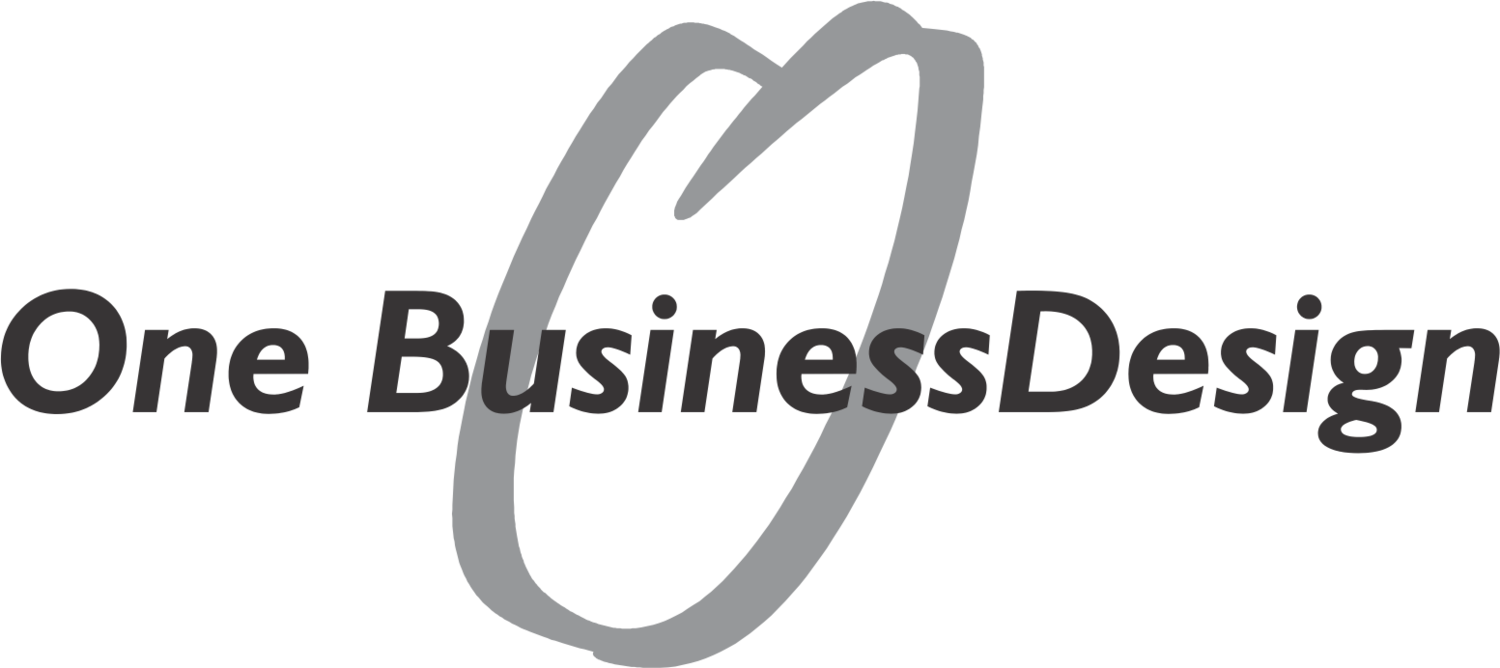Photo Copyright - https://www.internetreputation.com/
The Background:
Design Thinking is important to large scale companies because most have lost their roots in user centered problem solving.
Almost every company begins with the understanding that there is a user problem and find a solution to that problem. Examples of large companies that were started based on a user need are Gerber Products Company and Ford Motor Company. Dorothy Gerber, having to deal with the difficulties of creating strained foods for her baby, realized others may have the same problem and using her husband’s canning company created a multi-billion dollar market. Henry Ford, realizing that the middle class would want automobile transportation, developed a streamlined manufacturing system that brought the car to the masses.
So why do large companies have such a hard time with Design Thinking? Let us go through the process of company development. As stated above, when a company starts it is usually based around a user problem. At this point the company is run by a individual or small group that understands the user problem and have made it their goal to solve it.
As a company grows the people hired by the company are usually brought in for their specific business skills and become centered on the needs of the company and not the focus of solving user problems. Often MBA’s are brought in to be the highest level leaders and their focus, from training is to be focused on the well being of the company, as a financial entity and user needs fall completely off the radar. Valuation of the company, being stock price, capital structure, the prospect of future earnings, and the market value of its assets, takes center stage and at this point corporate problems take center stage over user problems. Another problem is that companies focus on what they can produce, based on past history, versus being able to pivot to a new set of solutions based on user needs. There is one example where this has not happened and that is IBM. IBM moved from analytical to digital computing, not a huge pivot but still a pivot. Then in this century the longtime hardware focused company pivoted to artificial intelligence and information services.
How Design Thinking can help:
If understood as a method of transforming a company, instead of just a way to create new services, Design Thinking can help companies return to their roots by transforming the inward looking business problems to the outward looking user problems. Now I am going to say something that will sound like an oxymoron in light of the previous sentence. Large companies need to use Design Thinking to change their internal processes from compliance and company value based to employee value based initiatives. I am sure all employees would like to see the company doing things to solve their problems rather than making them spend time on things that they feel add no value. Imagine using Design Thinking in Human Resources to find employee based solutions. Wow would not that be a change! During this process Design Thinking could also be used to become more user centered around user needs, but the company culture must change if the solutions can be based on what is needed and not “what we do well now”. It also requires leadership to see that value, more easily comes from solving user needs rather that worrying about what Wall Street thinks of you.
I am not saying this is not a seismic shift and would not be easy, but it is much easier, in the long term for the business’s health. And there are a few examples out there of large companies running in this manner. The obvious one is Apple, under Steve Jobs. That said, of course he was the founder who always kept user problems as his compass, so maybe there are not so many examples.
One can only hope Design Thinking will truly embed into large companies. It will take brave people at all levels of the organization as well as Design Thinking experts who can facilitate and create the tools needed for these brave individuals. Let us go forward by bringing these companies back to their roots.
Three great external articles as follow up:
Harvard Business Review - It’s Time to Replace the Public Corporation - https://hbr.org/2021/01/its-time-to-replace-the-public-corporation
Harvard Business Review - The Scary Truth About Corporate Survival – https://hbr.org/2016/12/the-scary-truth-about-corporate-survival
Harvard Business Review - The Error at the Heart of Corporate Leadership - https://hbr.org/2017/05/the-error-at-the-heart-of-corporate-leadership



